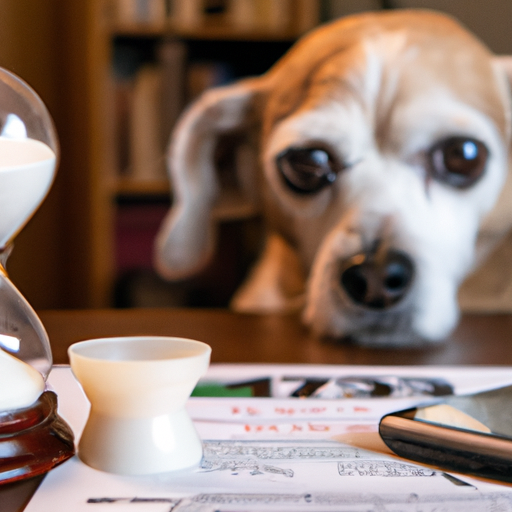As a caregiver, you understand that when your furry friend falls ill, it’s not just their health that is at risk, but also the well-being of other pets and even humans around them. One of the most common questions caregivers like you often ask is, “how long are dogs contagious after starting antibiotics?”
Let’s delve into this topic and provide you with the knowledge you need to keep everyone safe.
H2: Understanding Contagious Diseases in Dogs
Firstly, it’s essential to understand what it means for a disease to be contagious. Contagious diseases are illnesses that can be spread from one individual to another, either through direct or indirect contact.
In dogs, some of the most common contagious diseases include:
- Canine Parvovirus
- Kennel Cough
- Canine Influenza
- Leptospirosis
Each of these diseases has its unique characteristics, symptoms, and modes of transmission. Therefore, it’s important to consult with a veterinarian if you suspect your dog is sick.
H2: Role of Antibiotics in Contagious Diseases
Antibiotics are a type of medicine used to fight bacterial infections. They work by either killing the bacteria or preventing them from reproducing, thus allowing the body’s immune system to eliminate the infection.
| Antibiotic | Common Use |
|---|---|
| Amoxicillin | Respiratory infections |
| Doxycycline | Lyme disease, Ehrlichiosis |
| Cephalexin | Skin infections |
It’s crucial to understand that antibiotics are not effective against viral infections such as Parvovirus or Canine Influenza. For these diseases, other treatments are required.
H2: Antibiotics and Contagious Period
The contagious period of a disease refers to the time during which an infected individual can spread the disease to others. This period can vary significantly depending on the type of disease and the individual’s overall health.
When a dog starts taking antibiotics, it can reduce the contagious period by inhibiting bacterial growth, but it doesn’t necessarily mean your dog is no longer contagious immediately. It often takes a few days for the antibiotics to significantly reduce the number of bacteria.
H2: Ensuring Safety for Everyone
Your role as a caregiver is to ensure the safety of your dog and anyone who may come into contact with them. Here are some steps you can take:
- Isolate your dog from other pets until they are no longer contagious.
- Wash your hands thoroughly after handling your sick dog.
- Regularly clean and disinfect your home, focusing on areas where your dog spends a lot of time.
- Monitor your dog’s health closely and consult with a veterinarian if you notice any changes.
H2: Frequently Asked Questions (FAQs)
Q: How can I tell if my dog is no longer contagious?
A: The best way to determine if your dog is no longer contagious is to consult with a veterinarian. They may require follow-up tests to confirm that the infection has been effectively treated.
Q: Can humans get sick from a dog’s bacterial infection?
A: Some bacterial infections can be transmitted from dogs to humans, a process known as zoonosis. However, it’s not common. Good hygiene practices can significantly reduce the risk.
Q: How long does it take for antibiotics to work in dogs?
A: The time it takes for antibiotics to work can vary depending on the type of infection and the dog’s overall health. Typically, you should notice an improvement in your dog’s symptoms within a few days.
Q: Can I stop giving my dog antibiotics once they seem better?
A: No, you should always complete the full course of antibiotics as prescribed by the veterinarian, even if your dog appears to be better. Stopping treatment prematurely can lead to a resurgence of the infection and contribute to antibiotic resistance.
Remember, as a caregiver, your role is paramount in ensuring the health and happiness of your dog. With the right knowledge and approach, you can prevent the spread of contagious diseases and keep everyone safe.



